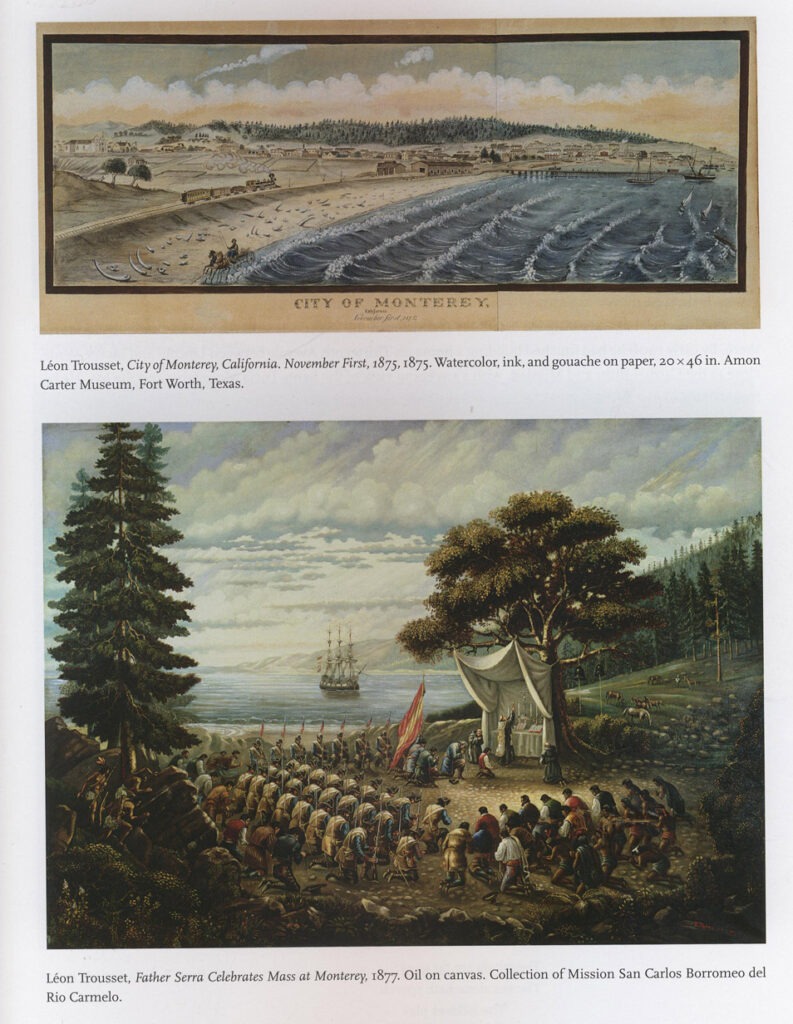The Foundation of California and the establishment of the Monterey Bay

California’s introduction to modern history began in the 16th century with the arrival of Spanish Explorers, fast forward to 1769, and the Spanish Franciscan missionaries, led by Father Junipero Serra, planted the seeds of California’s cultural and agricultural heritage hereby establishing the first of 21 missions along the coast. The Mexican era dawned in 1821 post-independence from Spain, but the true turning point occurred in 1848 when the glint of gold at Sutter’s Mill ignited the California Gold Rush, beckoning a diverse wave of fortune-seekers. This newly found resource was a magnet for American migrants seeking riches. After a short war with Mexico. California officially joined the United States in 1850 as the 31st state, evolving over the years into a cultural and economic powerhouse shaped by entertainment, technology, and agriculture.
Nestled within this historical narrative is the city of Monterey, a living testament to California’s captivating saga as California’s first capital, which was named by Sebastian Vizcaino in 1602. Nearly 200 years later and Monterey was founded on June 3, 1770, Monterey proudly wore the hat of Alta California’s capital during Spanish and Mexican rule. Picture the 1800s in Monterey – not just a city but a cultural epicenter, birthing California’s first theater, public library, and publicly funded school. Beyond the world of literature and drama, Monterey served as the key port for all taxable goods in California. Fast forward to 1846, the Mexican–American War unfolded, and the U.S. Flag unfurled over the Customs House as Mexico passed the torch, Monterey took center stage in hosting California’s inaugural constitutional gathering in 1849, marking its entry into statehood.
Written by: Zane Davis – BSA Team, Mar 4, 2024






